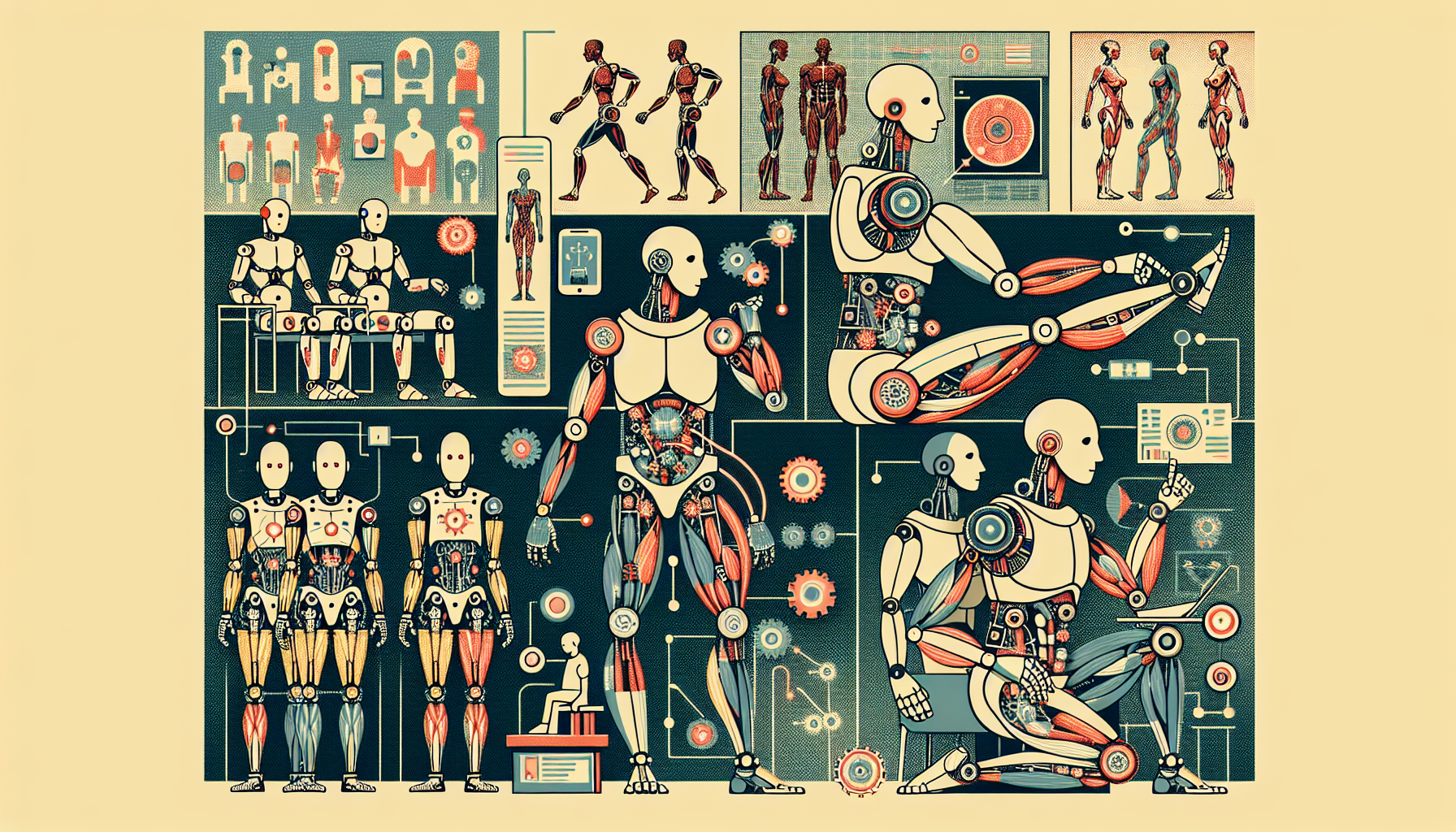In the fascinating journey to improve how robots interact with humans and sensitive environments, researchers have discovered a groundbreaking way to create artificial ‘muscles’ for robots. This new development promises to make robotic systems softer and more adaptable, offering a remarkable leap forward in robotics and artificial intelligence.
### The Need for Soft Robotics
Modern robots often rely on rigid structures and mechanical parts, which can be dangerous around people. This poses a problem in places like healthcare, factories, and homes, where robots need to perform delicate tasks without causing harm. Soft robotics aims to solve this by using flexible materials that mimic real muscles.
### The New Artificial ‘Muscles’
Inspired by simple push puppet toys, engineers have developed artificial muscles that can move or collapse when activated. This is done by creating muscles that change shape in response to signals like electricity.
### Key Features and Benefits
1. **Safety and Softness**: Made from soft, flexible materials, these muscles lower the risk of injury while interacting with humans. This is especially beneficial in healthcare, where robots might help patients move or handle delicate medical tools.
2. **Adaptability**: Unlike rigid parts, these muscles can adjust to various tasks and environments. They can be programmed for different movements, making them versatile in different settings.
3. **Energy Efficiency**: These new muscles are designed to use less energy, which helps robots run longer, even when continuous power is not available.
4. **Inspiration from Nature**: Designed to mimic living creatures, these muscles can perform complex movements and adjustments, similar to real muscles.
### Potential Applications
The uses for these soft artificial muscles are numerous and diverse:
– **Healthcare**: Robots can assist in patient care by helping with mobility or performing delicate surgeries.
– **Manufacturing**: On assembly lines, robots with these muscles can handle fragile parts with great precision.
– **Domestic Use**: Robots for home tasks like cleaning or cooking can become safer and more efficient.
– **Search and Rescue**: Soft robots can navigate tight spaces and handle delicate situations in rescue missions.
### Conclusion
This innovation in artificial ‘muscles’ marks a significant advancement in robotics and artificial intelligence. By making robots softer, safer, and more versatile, these developments open up new possibilities for human-robot interactions and applications across various fields. As research progresses, we can look forward to more advanced robotic systems that seamlessly fit into our daily lives.

Leave a Reply